Summer have finished; look at my macrophotography harvest. In this post: mostly insects and a few snails.

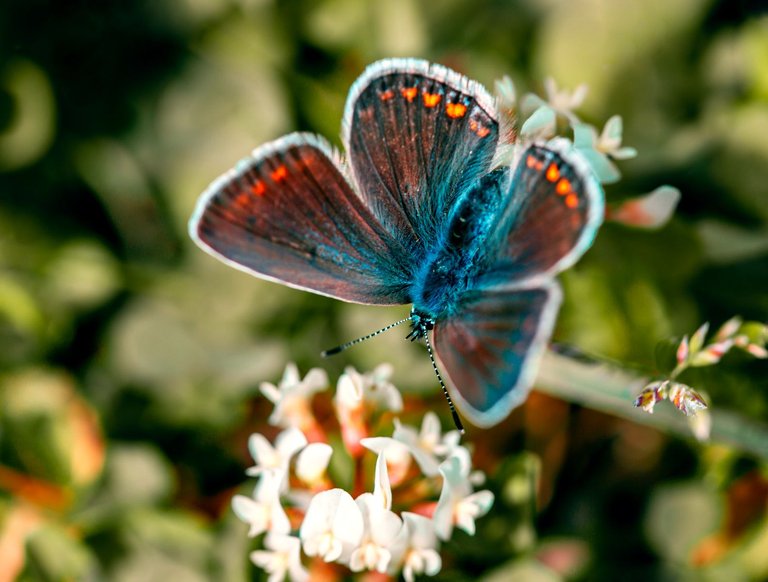
Common blue butterfly (Polyommatus icarus) - looks as remarkable, as a fire in the dark of the night.
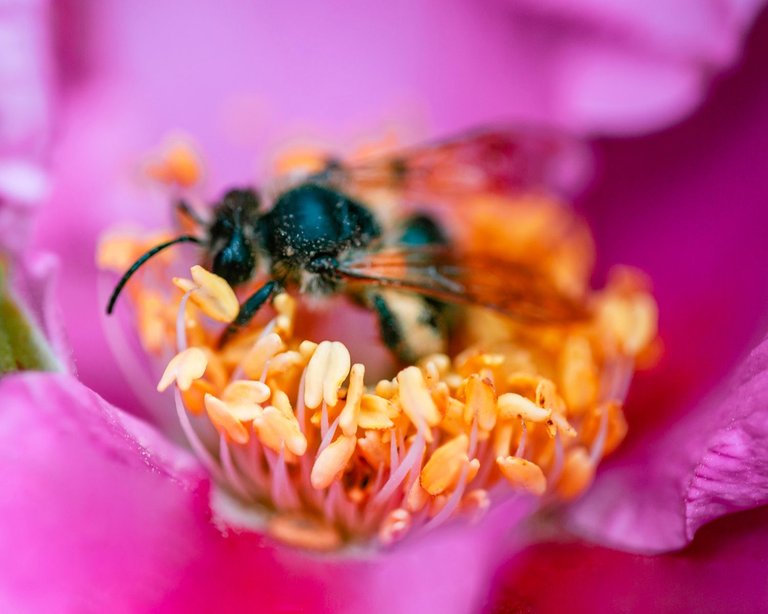
A bee among a garden of stamens.

Have you seen these bright beautiful beetles? I have seen them more than once on rose hips, and of course I thought that they feed on nectar. I could not imagine the real state of affairs... The common bee beetle, or Trichodes apiarius, is a parasite. The larvae of this beetle grow and develop in hives, feeding on bee larvae, as well as weakened and recently dead bees. (Adult beetles feed on other insects). Beetles often sit on flowers - but they do not collect nectar there, but lay eggs! When the larvae hatch from the eggs, they cling to bees flying in to pollinate the flowers - and thus end up in the hives. An intricate squiggle!
Видели ли вы этих ярких красивых жуков? я встречал их не раз на цветках шиповника, и конечно думал что они питаются нектаром. Я не мог себе вообразить, реальное положение дел... Пестряк пчелиный, или пчеложук обыкновенный (лат. Trichodes apiarius) — паразит. Личинки этого жука растут и развиваются в ульях, питаясь личинками пчёл, а также ослабевшими и недавно погибшими пчёлами. (Взрослые жуки питаются другими насекомыми). Жуки часто сидят на цветках - но не собирают там нектар, а откладывают яйца! когда личинки вылупляются из яиц, они цепляются к прилетающим опылять цветки пчёлам - и таким образом попадают в ульи. Замысловатая загогулина!
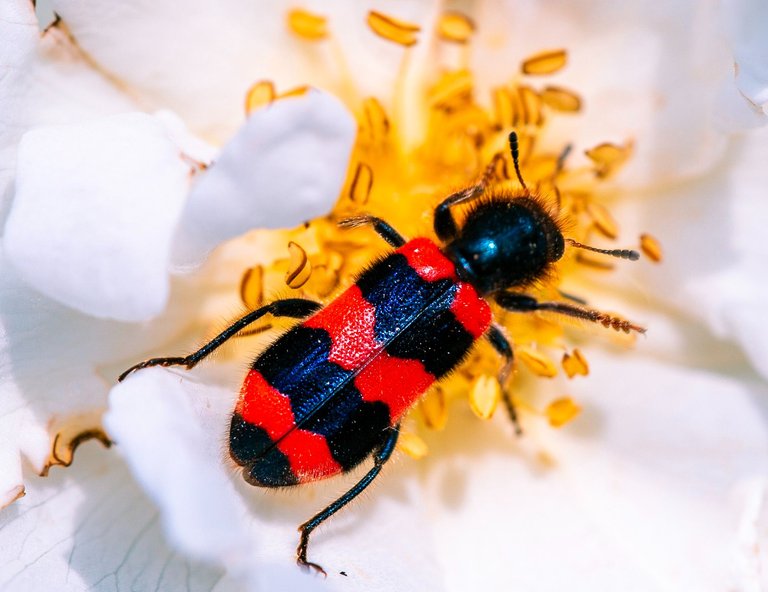

Bronze beetle.
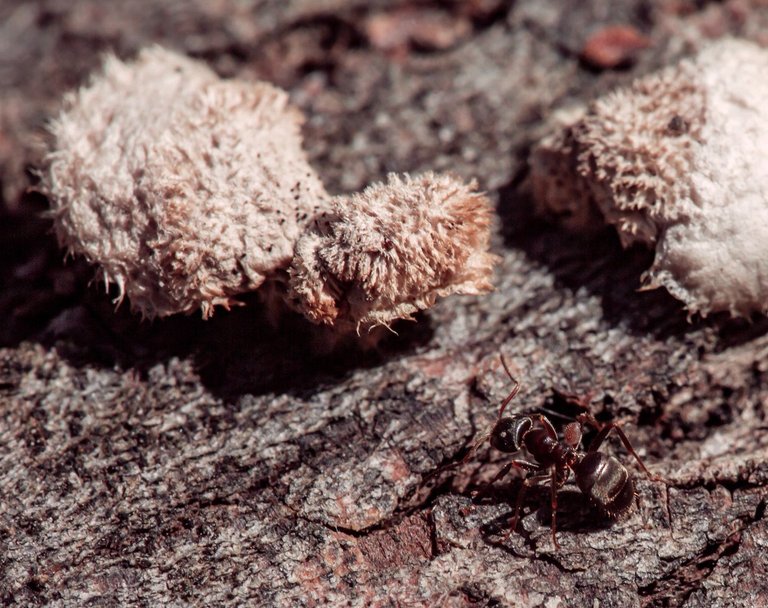
A scout ant examines mushroom sprouts.
...and some snails. I love watching snails!
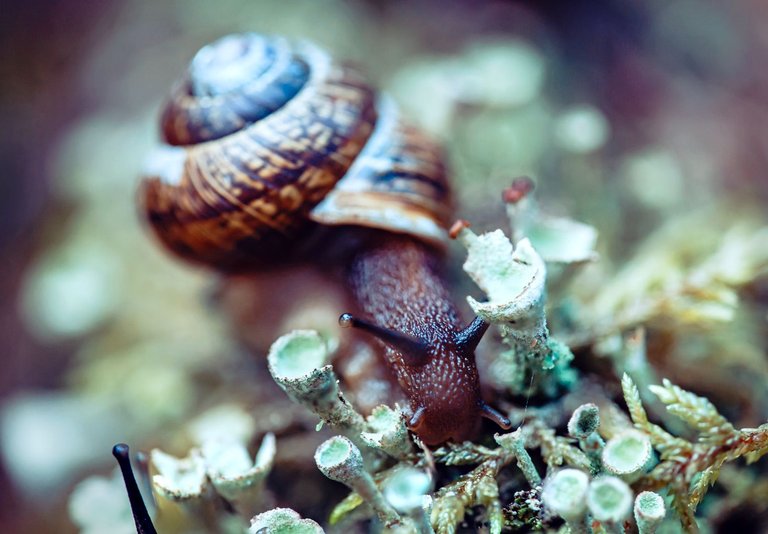
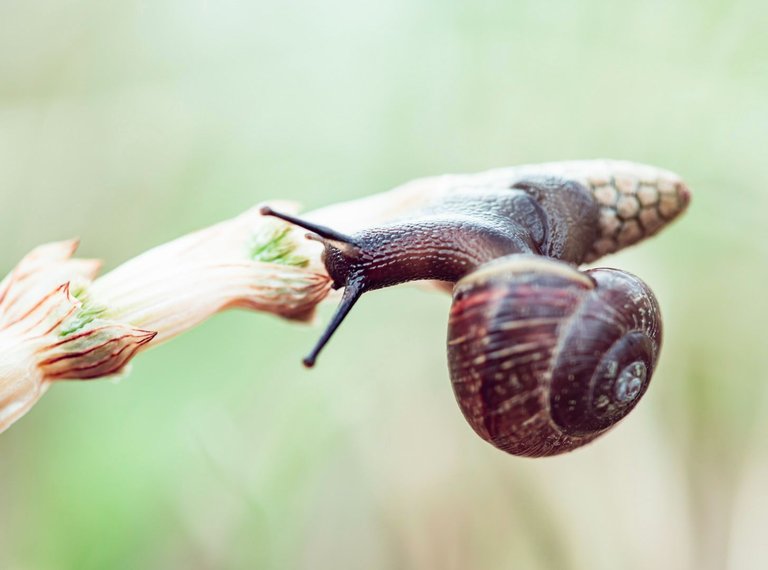
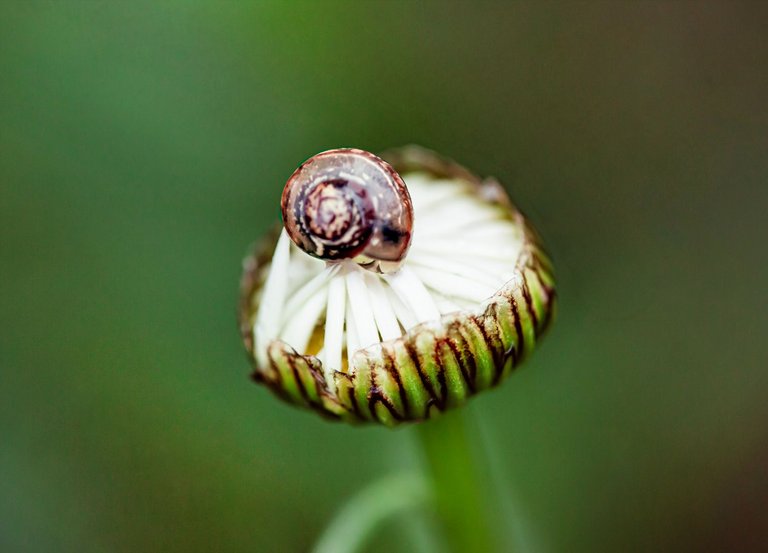
| location: | St.Petersburg, Russia | summer 2024 | natural lighting |
| camera/lens: | Canon 5D | Sigma 150mm | raw-conv. |








 )
)
